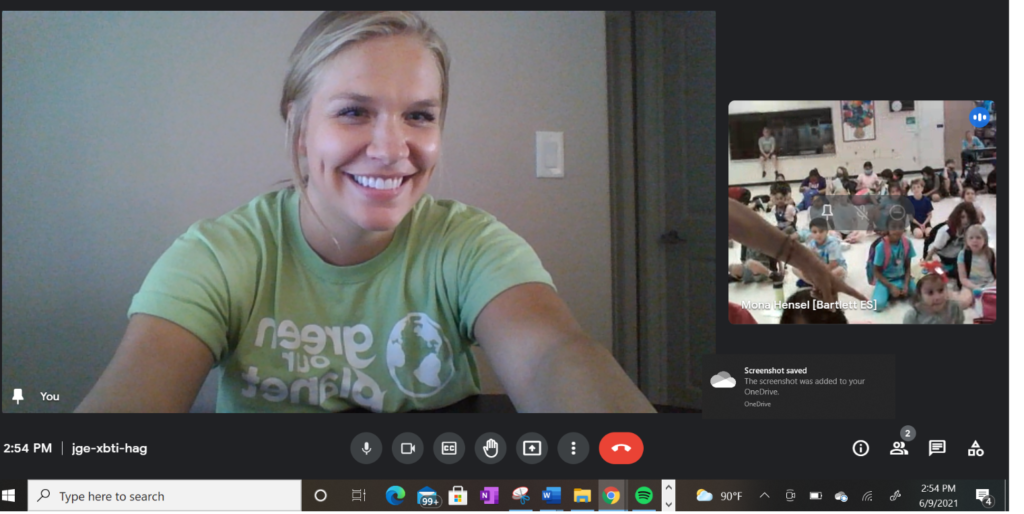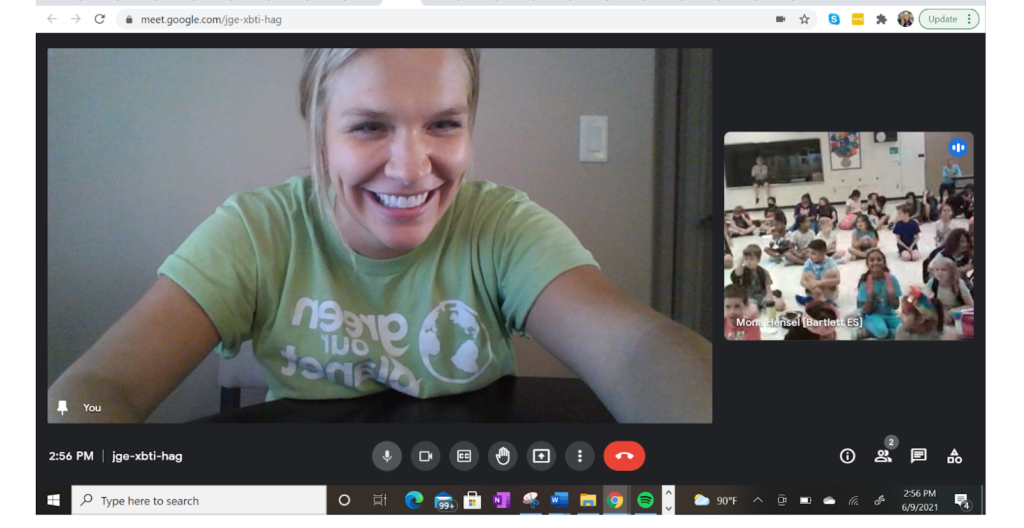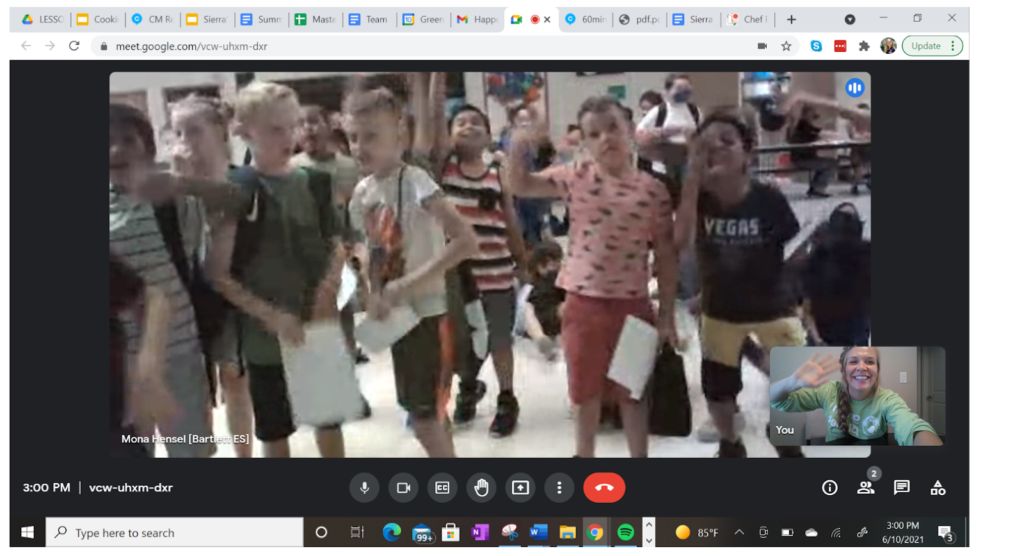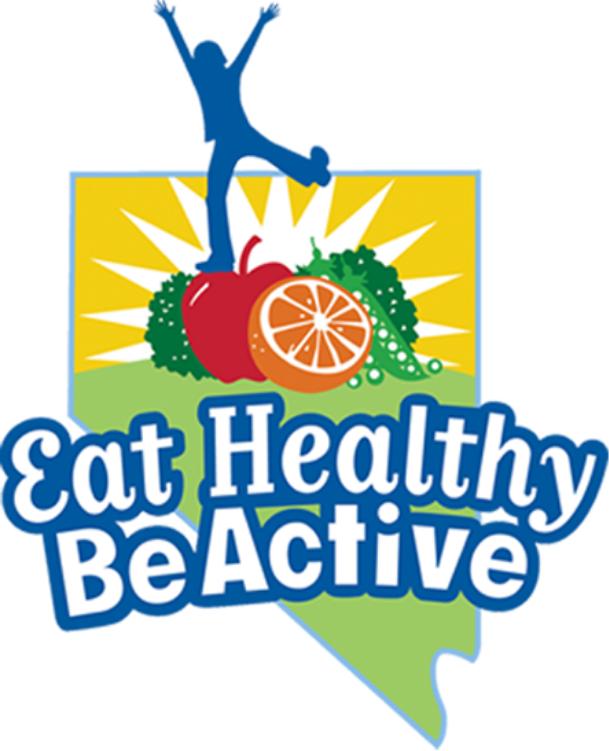I started working virtually for Green Our Planet during the pandemic when all students joined Cooking Nutrition Lessons from their homes virtually. Although working with K-5 aged students is one of my favorite parts of the job, working with that age group in a virtual setting presents some hurdles. It took some adaptation to understand how to navigate the online platform and with up to 100 students per call, keeping the students engaged and facilitating discussions was definitely a challenge. Over time, I adapted. I developed strategies to overcome the obstacles, and each lesson became smoother and smoother. Still, as pandemic policies change, teaching strategies evolve, making adapting to new teaching models an integral part of my job.
After the first few weeks or so of lessons, I was able to predict their behavior. And after the first month, I developed strategies to nip any interferences in the bud and use the virtual tools that were initially a distraction to absorb them into the lesson. For instance, to increase engagement with the students, I had them use the chatbox to share their thoughts and questions. I also called on individual students to unmute their microphones to answer questions and share their thoughts on the lesson. Once I got the virtual classroom dynamics down, hybrid teaching models rose to the surface as in-person schooling was making a comeback.
Over the year, students started coming back into their classrooms while some still joined the lessons from their homes. During this time, the number of students attending class in person was relatively low, so teachers could hear students and share their answers with me virtually. I would go back and forth, having students in the classroom answer questions and have students from their homes answer questions.
Recently, schools are now back in person. Bartlett Elementary School was the first school I taught with everyone back in the classroom. The teachers put my face up on a big screen for this lesson, projecting the lesson to multiple grade levels in a gymnasium. Unaware this would be the layout, it took some trial and error to determine what teaching strategies worked best. From previous lessons, asking questions via chat or unmuting the microphone allowed me to see how well students understood the material and allowed students to ask questions easily. However, with this new platform, with all students together in person, it was hard to engage students by my previous strategies of asking questions and receiving feedback.
I adapted to this lesson by having students raise their hands if they had tried a fruit or vegetable. I used more sign language (for lack of a better term) and gestures to test students’ comprehension of the lesson. I had students give me a thumbs up, half thumbs down, or thumbs down. With students being in person and having other friends and classmates, there was more room for distractions. During times of hindrance, I had my kindergarten class get up and do jumping jacks to get some energy out of their system and come back to the lesson, then relate food and physical activity to the lesson. I had students wait to ask questions towards the end of the class. I had the instructor call on students and had them come up to the screen/ microphone to ask their questions or identify their favorite part of the lecture.
Overall, the virtual platform continues to change and grow. It’s in learning to adapt and grow with instructors, students, and content that educators can help improve future students’ education. I am happy to be a part of the process!
– Sierra Kuno, Nutrition Chef Program Coordinator/ SNAP-Ed Nutrition Educator
Previous Himan ES lesson with students in their homes

Barlette ES Lesson students back in person






